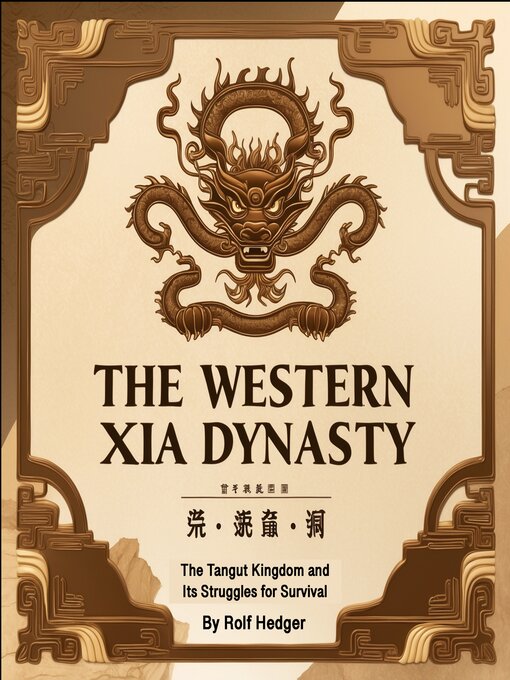The Western Xia Dynasty, founded by the Tangut people, emerged as a powerful and distinct kingdom in northwestern China during the 11th century. Its establishment marked the rise of a unique civilization that balanced influences from the Chinese, Tibetan, and Central Asian cultures while maintaining its own identity. The Tanguts, originally a nomadic group, gradually settled in the Ordos region and later expanded into the Hexi Corridor, an area of strategic importance due to its location along the Silk Road.
The dynasty was officially established in 1038 by Li Yuanhao, who declared himself emperor and adopted the title of the Great Xia. Li Yuanhao sought to solidify Tangut sovereignty by breaking free from the dominance of the Song Dynasty. To emphasize independence, he introduced significant reforms, including the creation of the Tangut script, a writing system distinct from Chinese characters, reinforcing cultural identity. Under his rule, Western Xia developed a centralized government, with administrative structures modeled in part after the Song system but adapted to suit Tangut traditions.
Expansion and military strength played crucial roles in the rise of the Western Xia. The Tanguts, skilled in cavalry warfare, built a formidable army that enabled them to challenge the Song Dynasty, the Liao Dynasty of the Khitans, and later, the Jin Dynasty of the Jurchens. Frequent conflicts with these neighboring states shaped Western Xia's military strategies, leading to a highly fortified kingdom capable of defending its territory against multiple threats. While diplomacy was occasionally pursued, warfare was often the means through which the dynasty maintained its influence.
